I know many of you have been excited about this one. This book was recently released in March, and the cover was so inviting that I couldn’t wait to get my hands on it. And boy was I glad I did! I actually missed out on the first one that was published last year, because at that time I had too many new books. The reviews on the first KANA’S STANDARD for Kids on Amazon.co.jp wasn’t fantastic despite the raves about the designs, because apparently there were problems with the pattern sheets. Let’s see if this book does better.
Disclaimer : This blog post contains affiliate links.

Many of you have asked me about books for boy sewing patterns. Sadly, other than a few old and maybe out of print books dedicated to boy sewing, I have not seen any new books with ONLY boy patterns. However, I do notice that there seems to be more variety in boys clothes nowadays in kids sewing books. This book for example, contains quite a fair bit of boys patterns.
This book has patterns for co-ordinates derived from 4 base patterns (2 tops and 2 bottoms), into a total of 25 possible garments including shirts, dresses, blouses, a whole bunch of different pants with different features, even skorts and salopettes. I initially thought there were 57 different garments, but I did a count and it was actually 25. The number 57 on the cover refers to the number of actual styling examples they provide in the book. Here’s a look at some of my favourites! You can see the rest of the book in the book flip-through review at the end of the post.
The first base pattern A is a shirt pattern. The variations include
A1 – Sleeveless shirt
A2 – Shirt dress
A3 – Puff sleeve shirt
A4 – Half sleeve shirt (above)
A5 – Frill sleeve combination (above)
A6 – White shirt (the formal type)
A7 – Gingham Checked Dress
Pattern A is basically your go-to pattern for all kind of shirts. From the formal white shirt to shirt dresses, sleeveless, sleeved, puffed sleeve, frills, round collar, pointed collar… you can probably do a mash up of any of these patterns to create your own unique outfit too!
Pattern B is a Tuck pants pattern, featuring tucks at the waist line, tapered pants, a waist band, fake fly and belt loops even.
B1 – Dotted print pants
B2 – Denim pants (above)
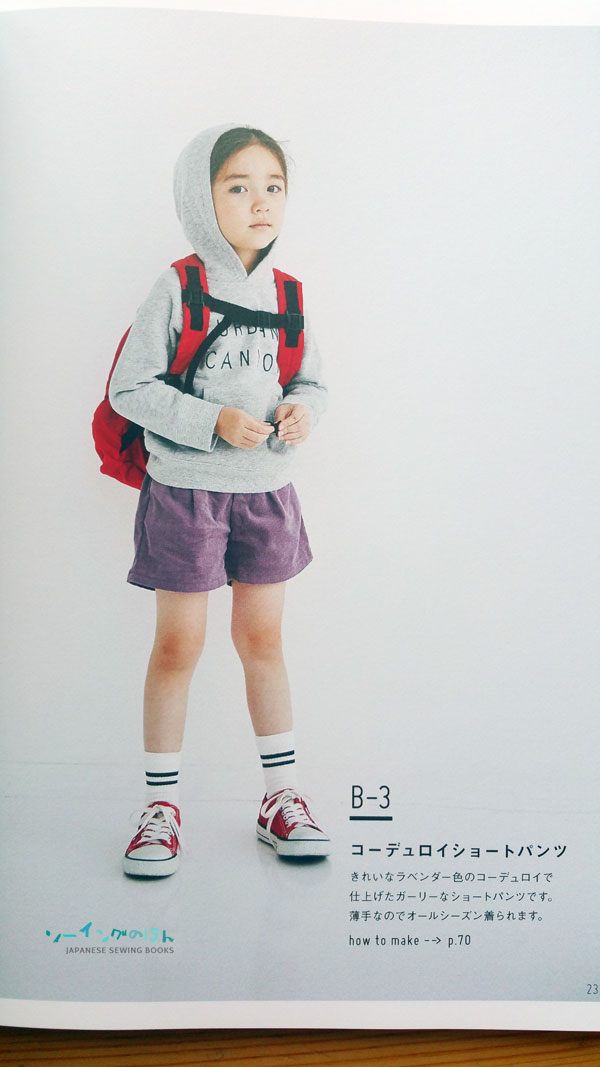
B3 – Corduroy Short Pants
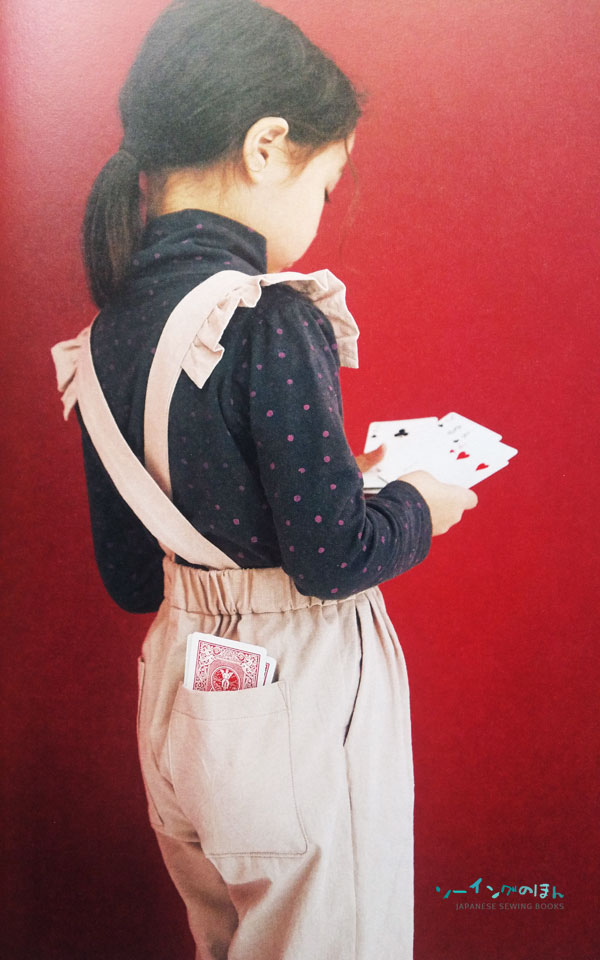
B4 – Salopettes. Love the frills on the straps!
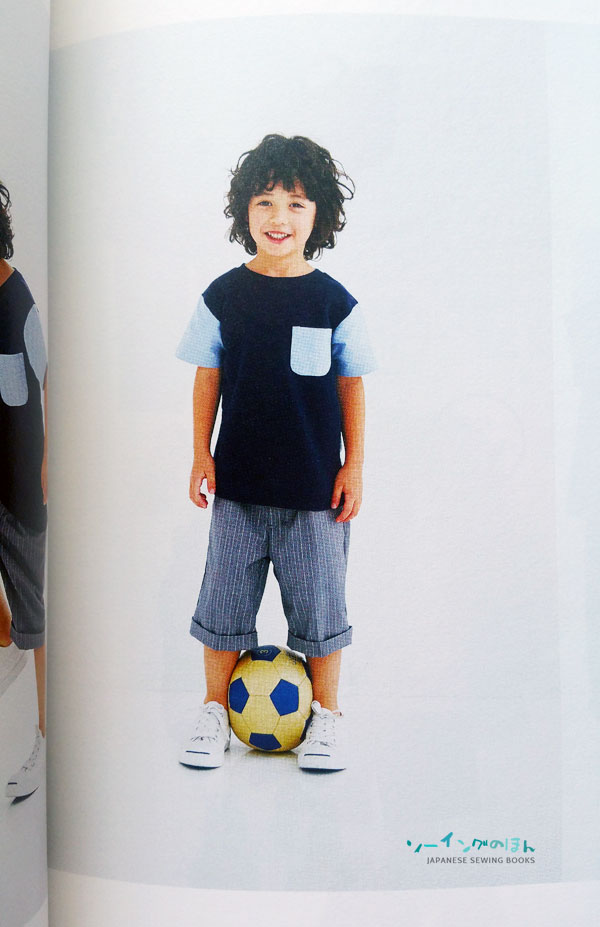
B5 – Belt loop half pants

Pattern C is a more casual top pattern, also named the Pullover. Easy to wear for kids who hate fussing with zips and a whole placket of buttons.
C1 – Henley Shirt
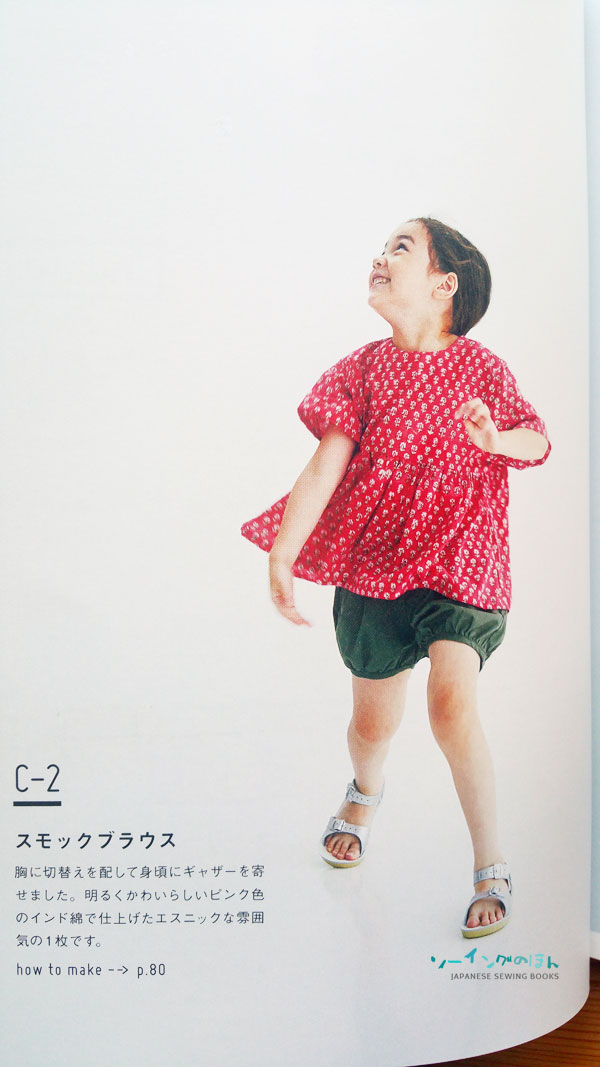
C2 – Smock Blouse
C3 – Henley half sleeve
C4 – Yoke dress
C5 – Blouse with pockets
C6 – Frill sleeve dress
C7 – Frill collar dress
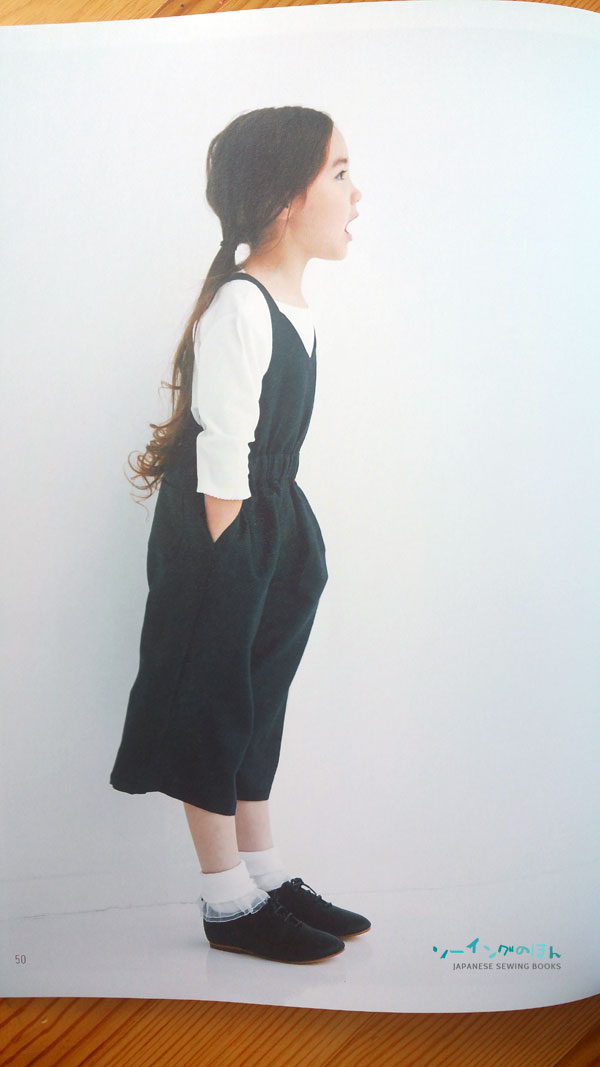
Pattern D is another pants pattern, but this time it is a straight cut, which means wider legs and roomier bottoms
D1 – Check pattern half pants
D2 – Inner pants skirt
D3 – Cargo Half Pants
d4 – Chino pants
D5 – Salopettes (picture above)
D6 – Belted short pants

Styling ideas for the different patterns and variations.
Now for the how to make section.
There is a whole page of numbers and text before the actual how to make section.
The size guide was kind of hidden on this page. Check to see if this book contains the sizes you need.
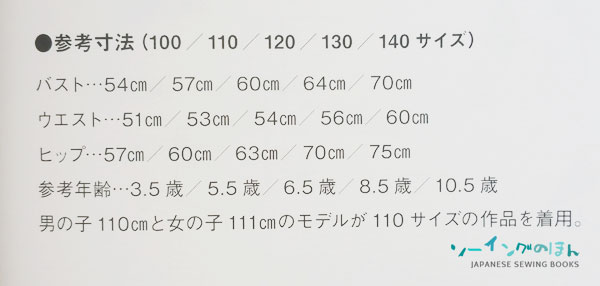
Japanese terms from the top : Reference dimensions 100/110/120/130/140 Sizes)
Bust
Waist
Hip
Reference age … 3.5 yrs / 5.5 yrs / 6.5 yrs / 8.5 yrs / 10.5 yrs
For added reference : The boy model is 110cm and the girl is 111cm, and both are wearing 110cm size garments.
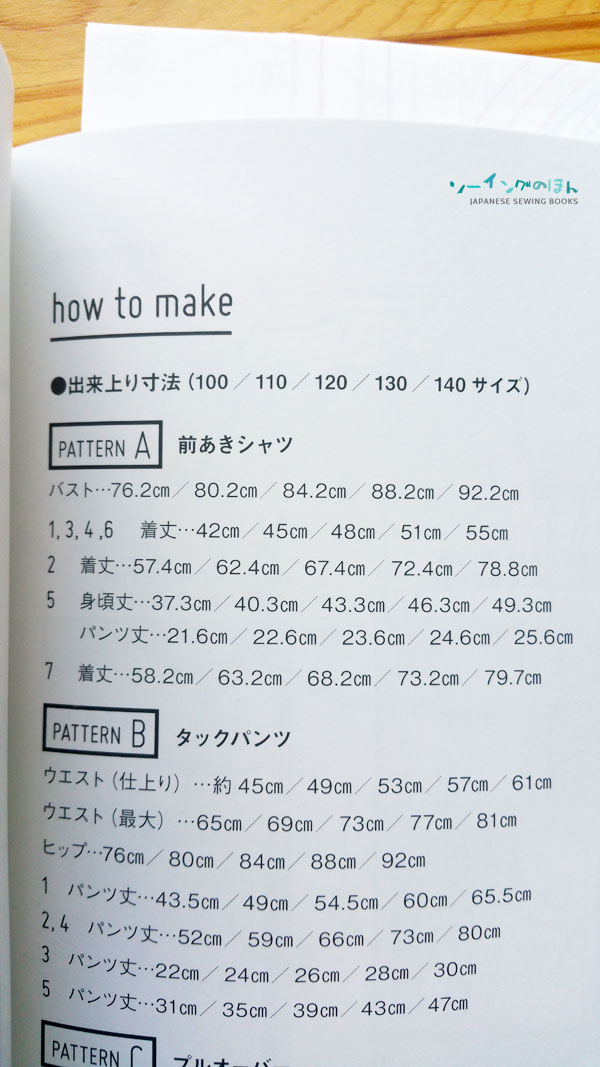
In the same page, there is also a reference “table” for all the dimensions of the finished garments. You have to refer to the Pattern name and number and check the corresponding dimensions based on the size you are making. For the different patterns, there are different dimensions given. Some are bodice length, some are pants length, or waist dimensions. You may want to refer to the dictionary of Japanese sewing terms to decode all the terms listed.
I thought it was rather odd to place this info in one page instead of on the individual pattern pages, but it is just a minor inconvenience. The rest of the book is laid out as per usual.

Sample of how to make page. This is just page 1, there are more pages with detailed diagrams.
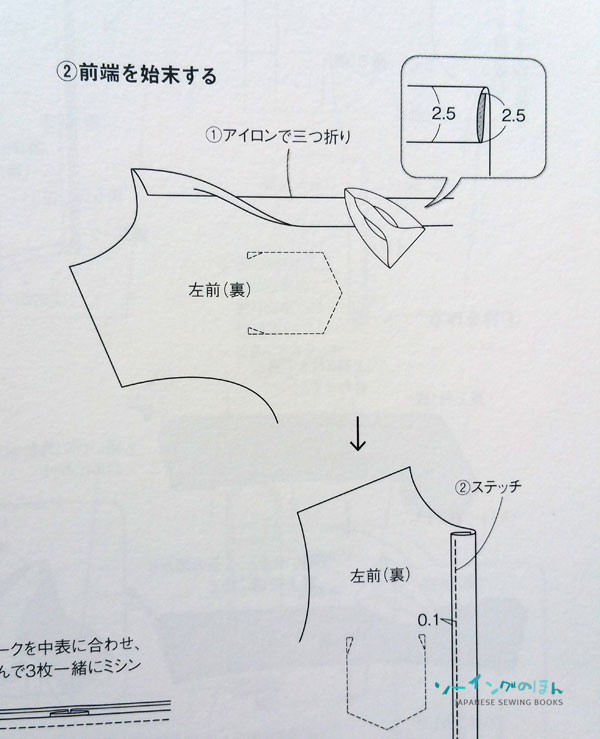
Close up of diagrams.

2 large double sided printed pattern sheets.
A quick note about the pattern sheets. There were a couple of reviews on Amazon.co.jp that complained about the pattern sheets. I can understand why, as some of the lines are really drawn close together. It will be a nightmare to trace! However, you can use a frixion highlighter to highlight the lines before tracing. I use these pastel ones because I like how it is not too bright, but visible enough under the tracing paper.
Here’s the full book flip through review.
Personally, I find this book a great resource for both boys and girls patterns. Lots of wearable patterns and daily wardrobe basics. However, it is not really meant for beginners. Despite the easy to read diagrams, most of the techniques (like shirt making) may be more advanced. The pullover top is probably the easiest of the lot, and it is also the pattern that the kids on the cover are wearing. All the pants in the book require the making of the fake fly. A nice touch for making easy to wear pants for kids look more grown up and less “home-made” if you know what I mean. I will still recommend this book though, especially if you have both boys and girls to sew for. The designs are classic and stylish, and I think I will get to use it a lot!
Title : Kana’s Standard for kids II
Author : Kana Sato
ISBN No. : 9784579116003
Get yours today from cdJapan.co.jp
Check out her other books too!



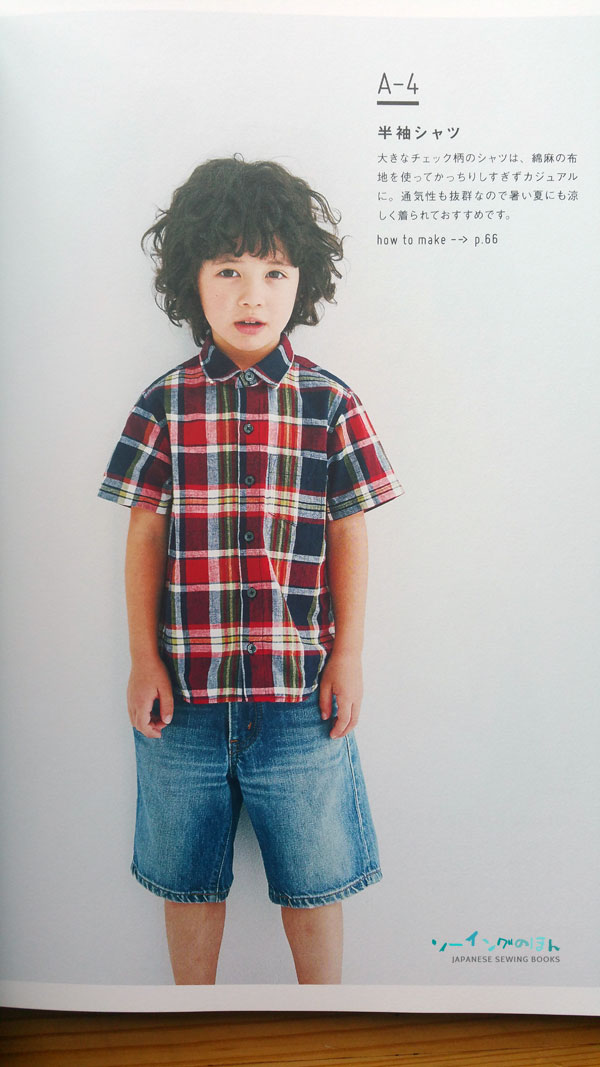

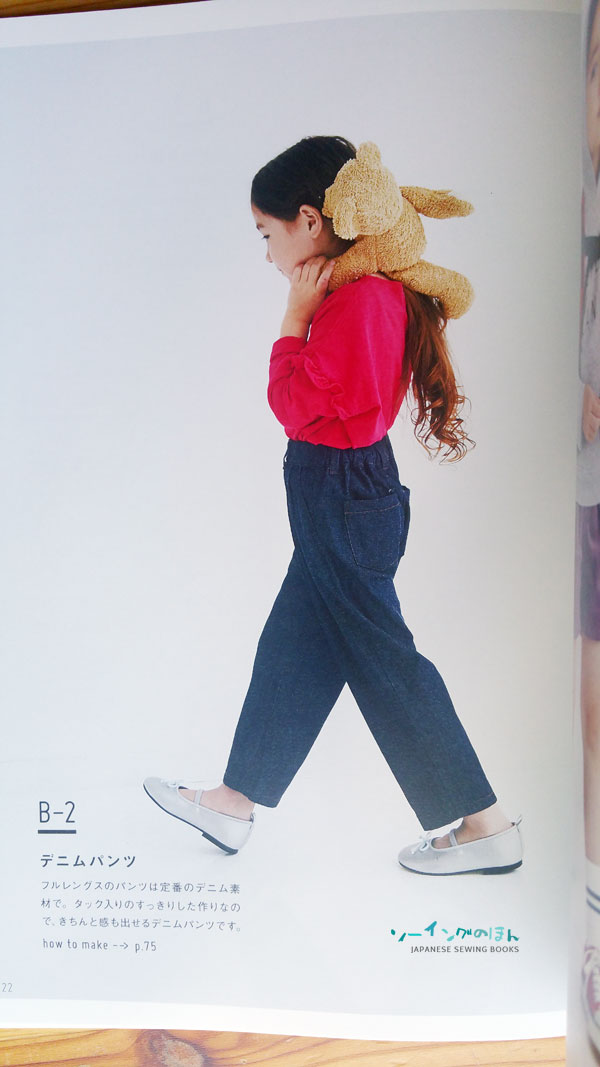
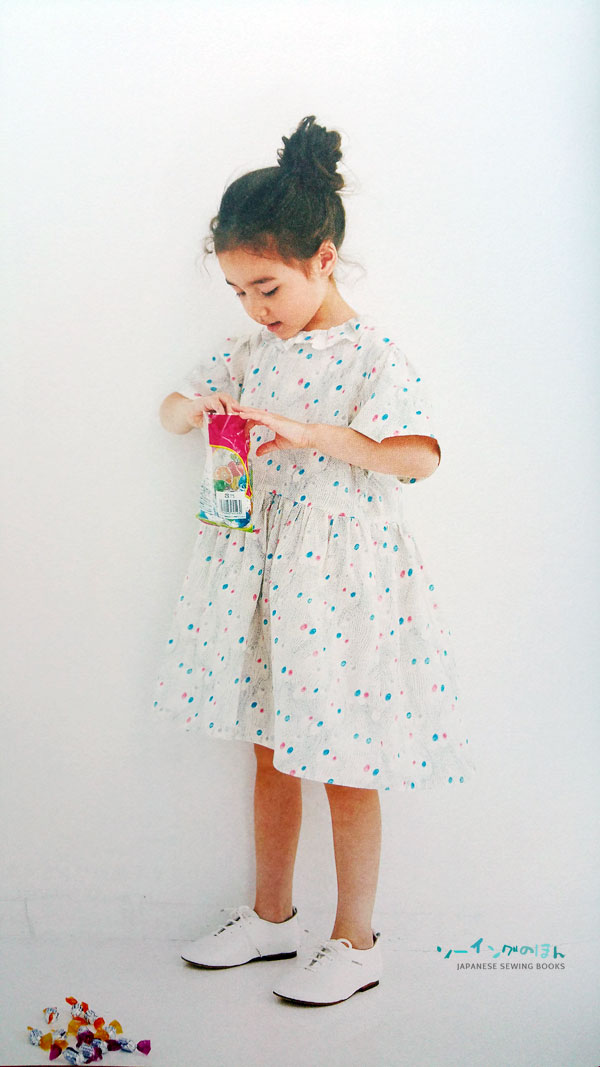

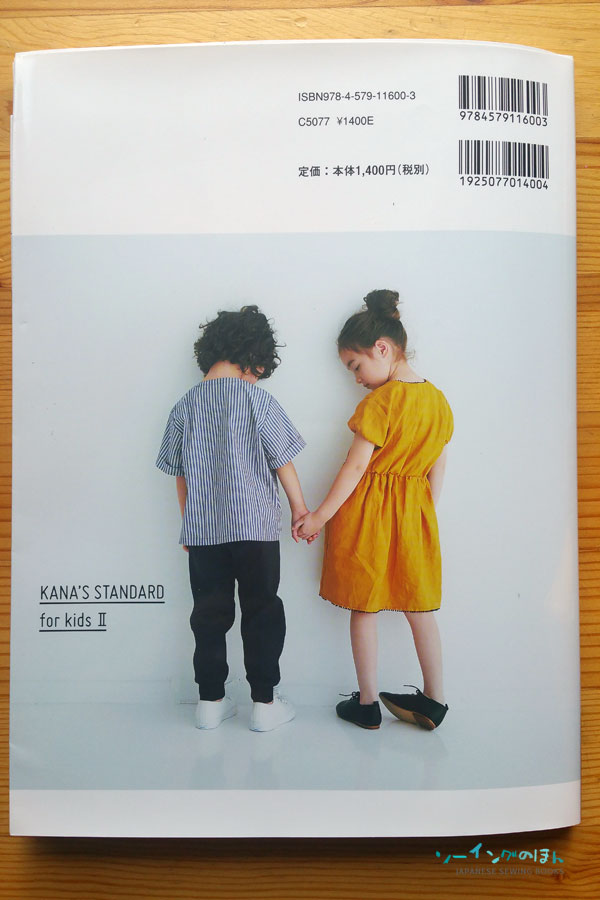






8 Comments
Oh! I just had to order this book. I love these patterns. Very, very wearable and something for both my boy and my girl. Thanks for the review.
one question, I’m about to trace a pattern but like you mentioned it, it gets confusing with alll the lines close to each other. What are the red lines for and the black ones ? because I think the red ones are the seam allowances, I think. This is the first time after so many years of sewing with these books that I have had trouble figuring this part out.
Thank you
Patty
Hi Patty, Yes the red line includes seam allowances. The grey lines are are without. It is written in fine print under the notes for each pattern sheet. I almost missed that too!
[…] the author has published a second book Kana’s Standard II plus 2 kids books (I have reviewed one here before), and I’m only getting acquainted with her first! No worries, second book has been […]
Do you know if the KANA books for kids have been translated? Or if they will be maybe?
Love it!! I need this book in my life. Is there already an English translation? .
Hi Melisa, unfortunately none of the Kana standard books have been translated yet.
I’ve had this book for a while, just in a procrastination sewing patch, really. Now that I’ve drafted overalls D5, looking at the pattern layout, for some reason the pattern is split amd widened 4cm on the main pants pieces – any idea what that’s for? Just for this style, perhaps, for more wearing ease, compared with the other models made from the D- base? Appreciate your thoughts..